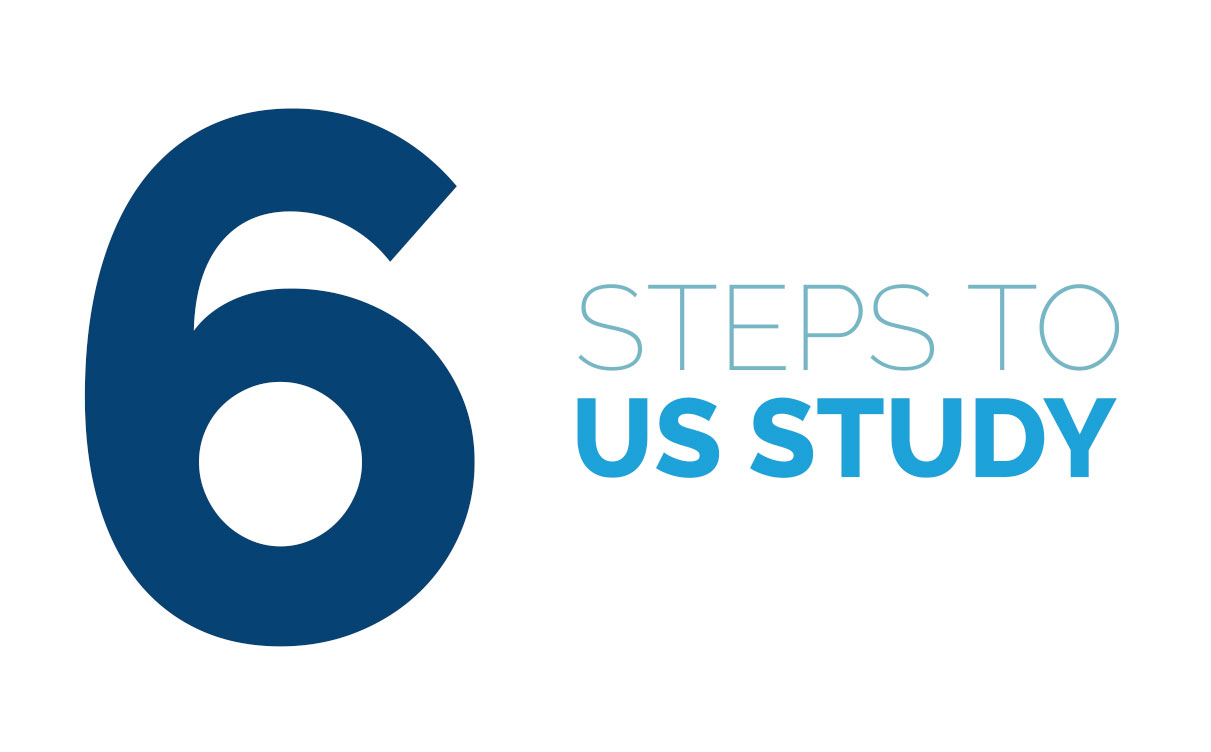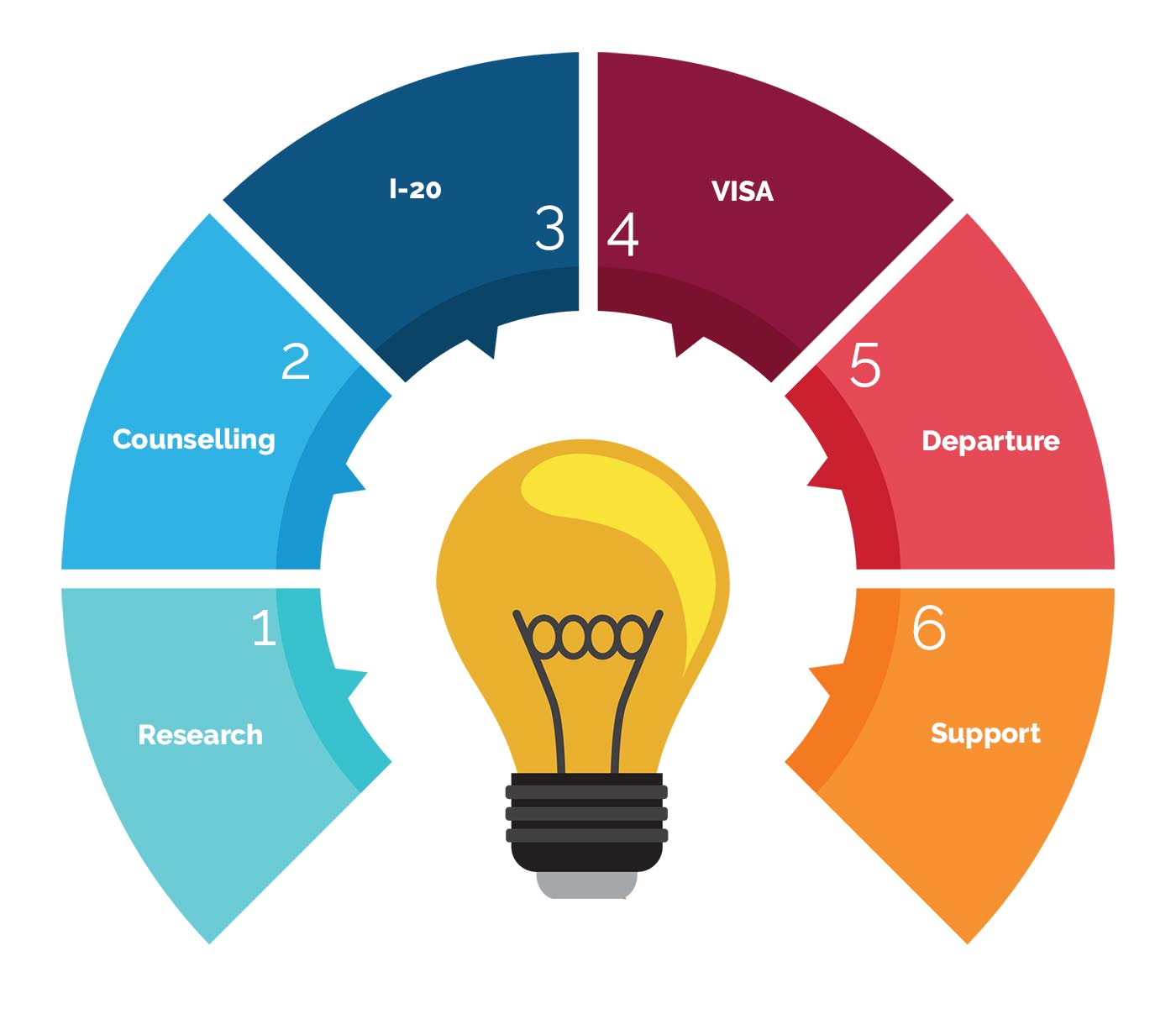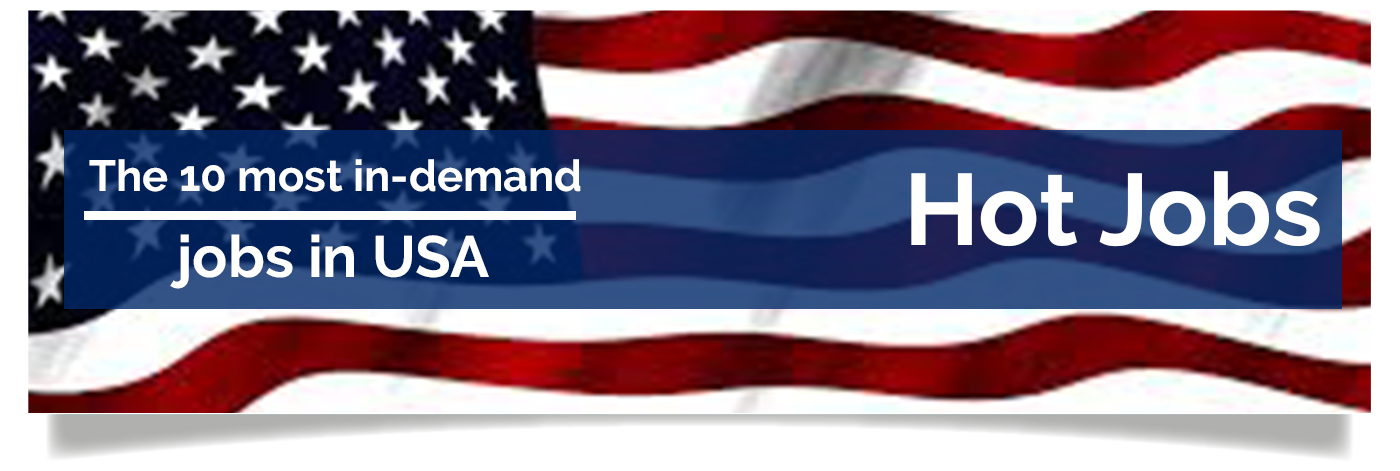

Step 1
Research all your options
Compare career opportunities derived from specific coursesLearn about a variety of universities and colleges to suit your background & finance
Step 2
Meet the GEC counselor
Our education counselors will study and evaluate all the possible study options for you based on your academic background, aspiration, budget, eligibility, work experience, etc.Step 3
Complete your application
Your GEC counselor will help you fill in the required forms; critique the statement of purpose and recommendation letters. Additionally, you will always be briefed with the latest news and information about visa requirements from the official sourcesStep 4
Application for visa
Your GEC counselor will guide you through the required documents for visa and prepare you for visa interview and help you fill in F1 visa application formStep 5
Get ready for your departure
Our pre-departure session includes vital information from immigration compliance to what all you need to study and live in the USStep 6
Ongoing support
You can always get in touch for any sort of guidance after reaching. If you would like to change your course, we are only one call awayLeading Universities
Community Colleges
Students Recruited

#1 Destination
Popularity of US schools remains unabated over the decades. Countless innovations and patented inventions are credited to students who have studied in the USA. In fact, no country has been able to match up this coveted achievement in the academic world.
highest-ranked universities
Your dreams are not impossible with the US universities. The US has an established pedigree in providing quality education. The USA boasts an incredible six out of the world’s top 10 universities according to the 2016/2017 Times Higher Education World Rankings. In fact, 62 of the top 200 universities are based in the USA.
Best in class education
Need we more flowery words for describing the quality of the US education? I guess ‘Not’. US universities are research oriented and encourage critical thinking. They have produced many Nobel laureates and top researchers to date.
Globally respected and accepted degree
Students graduated from the USA universities enjoy both the perceived and real value for employment preference owing to the exemplary global reputation of the American Education System.
Multicultural campuses
Since the US is known for its best education offerings, students from every part of the world have come and chosen the US schools for fulfilling their academic desires. Parties, fraternities, sororities, events in bars, and game days are usual attractions and a delight for all international students.
Popularity of US schools remains unabated over the decades. Countless innovations and patented inventions are credited to students who have studied in the USA. In fact, no country has been able to match up this coveted achievement in the academic world.

- Associate degrees
- Undergraduate (bachelor) degrees
- Graduate studies (master degree to PhD award)
It is said that there are boundless possibilities if you are studying in any of the US school. Universities emphasize great significance on creativity, research, diversity, and innovations among others. You will experience a whole lot of new things such as diversity, students of all ages and from all parts of the world at the university campus. The study environment is always stimulating and encourages you to come up with new ideas by means of debating and interacting with classmates and well-educated professors. Depending upon the size and repute of a university, the classroom size varies and may accommodate from 20 to 50 students.
Parties, fraternities, sororities, events in bars, and game days are usual attractions and a delight for all international students. You will be able to network with students from all parts of the world which will help you develop yourself further and create a positive rapport among students. A university life in the US generally means a lot of cool experiences.

Leading Universities
- California Institute of Technology
- Stanford University
- Massachusetts Institute of Technology
- Harvard University
- Princeton University
- University of Chicago
- University of Pennsylvania
- Yale University
- Johns Hopkins University
- Columbia University
- University of California, Los Angeles
- Duke University
- University of California, Berkeley
- Cornell University
- Northwestern University
- University of Michigan
- Carnegie Mellon University
- University of Washington
- New York University
- University of California, San Diego
- Georgia Institute of Technology
- University of Illinois at Urbana - Champaign
- University of Wisconsin – Madison
- University of Texas at Austin
- Brown University
- Washington University in St Louis
- University of California, Santa Barbara
- University of California, Davis
- University of Minnesota
- University of North Carolina at Chapel Hill
- Purdue University
- University of Southern California
- University of Maryland, College Park
- Boston University
- Ohio State University
- Pennsylvania State University
- Michigan State University
- Rice University
- Dartmouth College
- Emory University
- University of California, Irvine
- University of Colorado Boulder
- University of Pittsburgh
- Vanderbilt University
- University of Virginia
- Indiana University
- Georgetown University
- Arizona State University
- University of Florida
- University of Notre Dame
- University of Rochester
Cost of studying

While the US remains one of the most popular destinations for international students, it is also among the most expensive choices, too. The cost of studying in the US varies considerably based on the student’s choice of city, course and the level of degree at college or university. Tuition fees range between $5,000 and $50,000 upwards yearly. The maintenance cost which includes both food and living is roughly between $8,000 and $12,000 yearly. Expenses may not end here, and students may need to bear the extra cost on transportation, personal expenses, stationaries and other possible exigencies.
Universities are broadly bifurcated into two categories: Public/state funded institutions and Private institutions. Generally, tuition fees at public funded universities are lower than those of private ones. The trend shows that international students are more often inclined toward public funded schools because of lower costs.
Scholarships are a vital component when the decision to study abroad is taken for two reasons. Firstly, scholarships significantly help students and their parents to save a great amount of education expenses. Secondly, more than saving of money it is a great boost to the resume of students when they apply for jobs post their studies. Several students are recipient of various types of scholarships each year. Students earn those scholarships through their athletic talent, academic merit, community welfare participation or civic performances. There is a range of scholarships offered by the USA government, states as well as universities to international students. For more details on scholarships, please click the scholarship section.
The major component of expense incurs in accommodation. The accommodation cost depends on personal preferences, and varies considerably the city you reside in. You will have a host of choices such as university/college provided on-campus accommodation (different types of plans are available), renting or sharing an apartment with other students/friends and homestays. Some universities do not allow international students registered for undergraduate degrees to live off campus for the first year. Such compulsion could increase extra burden on the expenses.
The on-campus accommodation offers you the round-the-clock surveillance. Plus, most campuses offer a meal plan for students. You can choose the meal plan as per your budget and choice and save a substantial amount of time for your studies. On the flip side, living off campus helps you network with other interesting people and deal with external concerns which invariably infuse a brand new experience of getting things done at the academic level.
Most campuses have fees for utilizing on-campus medical facilities for check-ups, basic treatment and prescriptions for common illnesses (flu, headache, fever, minor injuries, etc.). In order to meet such contingencies, students buy medical insurance policy which costs around $1,000.

International students are required to have adequate health insurance in the USA. Unlike other countries, the US does not have yet a universal healthcare system in place. There is a mixed system of privatized healthcare (where students and others pay for their own insurance) and public healthcare. Only for certain types of qualifying groups such as senior citizens, veterans, individuals with disabilities and citizens living under poverty line have an access to public healthcare.
All international students must secure their insurance plans before they start their schools. In all cases, universities or colleges arrange the insurance plans for their students and the cost of the same is charged back to students.
Safety is of utmost priority for any international student. Before the department or any relevant agency rushes for any help, it is significant that international students must learn and implement some safety hacks. Please visit the safety guideline before you travel to the US: Click here

It is not a new revelation that the US is one of the most expensive countries for an education destination, but do not let that pull you off. Because, there are ways to secure funding in various forms of scholarships, assistantships and grants. The only important factor to access to such funding, you need to be organized and on the lookout for various schemes offered by the government and university/college.
When evaluating your options of studying, it is common to distinguish between the ‘sticker price’ (the published rates) and the amount actually you pay once all the financial aids and sources of funding are taken into consideration.
For example, the top-notched universities with the highest sticker prices offer the most generous funding opportunities. At Caltech, almost 98% of graduate students and 99% of doctoral candidate receive full financial support, while 60% of undergraduate students receive the financial aid. Similarly at MIT, which is one of the highest ranked in the US and the world, more than 90% of undergraduate receive financial aid. Similar figures are seen by the leading US universities, with forms of support including grants, scholarships, assistantships and work-study schemes.
Here is the section of US scholarship awards for international students:
Government-funded US scholarships for international students
- Fulbright Foreign Student Program
- Hubert Humphrey Fellowship Program
Non-governmental US scholarship awards for international students:
- Abbey Road Summer Scholarships
- Civil Society Leadership Awards
- The Next Gen Scholarship Fund
- Tortuga Backpacks Study Abroad Scholarship
- Asian Women in Business Scholarship Fund
- Chicago Booth School of Business
- Cornell University Tata Scholarship
- Fulbright-Nehru Research Fellowships
- S.N. Bose Scholars Student Exchange Program for Indian Students
- Stanford Reliance Dhirubhai Fellowships for Indian Students
- Inlaks Shivdasani Foundation Scholarships
For Asian students:
- East-West Center Scholarships and Fellowships
- Japan-United States Friendship Commission
- Wesleyan Freeman Asian Scholarship Program
For female students:
- AAUW International Fellowships
- MIT-Zaragoza Women in Logistics and SCM scholarship
- Bat and Ball Game Women’s Sports Scholarship
For graduate students:
- Rotary Peace Fellowships
For students from developing countries:
- Aga Khan Foundation International Scholarship Program
- MasterCard Foundation Scholarships
University-specific US scholarship awards for international students:
- American University Emerging Global Leader Scholarship
- Brandeis University Wien International Scholarship Program
- Clark University Global Scholars Program
- Emory University Needs-Based Scholarship Program
- Harvard University Scholarships
- Illinois State University International Awards
- Iowa State University International Merit Scholarships
- Michigan State University International Scholarships
- New York University Wagner International Scholarships
- University of Arkansas International Scholarships
- University of Iowa Scholarships for International First Year Students
- University of Minnesota International Excellence Scholarships
- University of Oregon International Scholarships
- University of Wisconsin Superior Non-resident Tuition Waiver Program

The USA is better known as a ‘land of opportunities’ for all. Why not? It is the biggest economy by far margin in the world. The US economy does not require any introduction and has been growing by leaps and bounds over the years. The industrial growth in the USA is an epitome of success. There are several industries, but we have listed out a few of them. They are aerospace, agriculture, automotive, business and professional services, construction, defense equipment, education, transportation equipment, food products, finance and services, lumber, mining, consumer goods, electronics, food processing, motor vehicles, chemicals, steel and many others with the whopping GDP of US$ 19.36 trillion in 2017. The economy works on free market principles and is open for foreign direct investment.
By numbers: GDP contributors as on December 2017
| % of total | |
| Agriculture | 1.1% |
| Industry | 19.4% |
| Services | 79.5% |
Earn while you study
F-1 students may not work off-campus during first academic year, but may accept on-campus employment subject to certain conditions and restrictions. After the first academic year, F-1 students may engage in three types of off-campus employment:
- Curricular Practical Training (CPT)
- Optional Practical Training (OPT) (pre-completion or post-completion)
- Science, Technology, Engineering and Mathematics (STEM) Optional Practical Training Extension (OPT)
M-1 students may engage in practical training only after they have completed their studies.
For both F-1 and M-1 students, any off-campus employment must be related to their area of study and must be authorized prior to starting any work by the Designated School Official (the person authorize to maintain the Student and Exchange Visitor Information System (SEVIS) and USCIS.
More information on work rights for international students in the US is available here.














